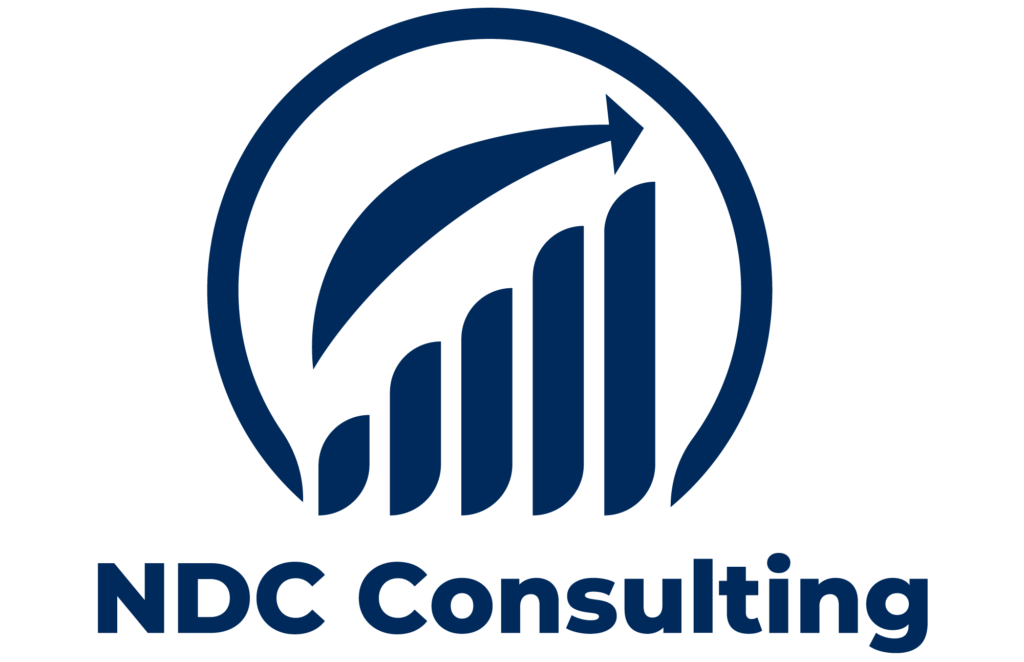
Executives worldwide expect regulation to grow, according to recent Working research. Over half of U.S. executives, along with 60% in the UK, 78% in Brazil, and 80% in Singapore, anticipate new or enhanced restrictions within the next year.
Establishing and maintaining an efficient corporate compliance program is crucial for businesses to gain confidence, stay out of trouble, and experience long-term success in the highly regulated business world of today.
This blog will go over what corporate compliance is, why it matters, and how companies can use software to successfully implement and run a program.
What does corporate compliance mean?
The term “corporate compliance” describes how closely a company follows the laws, rules, industry norms, and moral principles that guide its business operations. In order to safeguard stakeholders and guarantee the moral conduct of workers and outside parties, this involves industry-specific rules, governmental directives, and internal policies.
The scope of corporate compliance is extensive and includes regulatory compliance, security compliance, ESG compliance, and more. As government authorities throughout the world increase their expectations on the comprehensiveness of company compliance programs, the scope of corporate compliance will continue to expand. Strong policies, processes, and controls are expected of businesses in a variety of sectors, such as trade, labor, antitrust, data privacy, anti-corruption, and environmental compliance.
In healthcare, what does corporate compliance mean?
In the healthcare industry, corporate compliance is about adhering to state and federal laws such the False Claims Act, Stark Law, HIPAA, HITRUST, and the Anti-Kickback Statute in order to maintain high standards for patient safety, data privacy, and care quality.
With healthcare businesses under constant inspection, a strong compliance program may lower liability risks and improve patient confidence.
Why is corporate compliance important?
Making sure a business abides by the law while maintaining its moral principles and ethical standards is the main goal of corporate compliance.
Key goals include of:
- Avoiding deception, waste, mistreatment, and prejudice
- Reducing the possibility of fines from the authorities
- Promoting ethics and openness in behavior
- Encouraging responsibility among supervisors, staff, and outside parties
- Keeping the business running
- Preserving the company’s financial stability and reputation
A successful corporate compliance program can also assist companies steer clear of wrongdoing and the fines, penalties, lawsuits, and/or investigations that the U.S. Department of Justice (DOJ) may bring about.
DOJ’s assessment of company compliance initiatives
When a company faces a criminal enforcement action, the DOJ assesses its corporate compliance systems to show how effective and adequate they are.
Guidelines on what prosecutors should look for in this assessment have been released by the DOJ. This document was most recently updated in September 2024 and is titled Evaluation of Corporate Compliance Programs (ECCP). Companies can utilize the ECCP to evaluate the success of their corporate compliance initiatives, even though prosecutors are its main target audience.
Three main questions are at the heart of the evaluation:
- Does it have a good design?
Is it applied sincerely and honestly? - Stated differently, is the program equipped and empowered to operate efficiently?
- In practice, does it work?
A good resolution in an enforcement action is more likely for the firm if prosecutors determine that the corporate compliance program was successful both at the time of the incident and when a charging decision or resolution was made. Usually, this entails fewer penalties and compliance requirements.
The significance of developing a proactive, all-encompassing, and continuously improved compliance program is highlighted by this guidance as well as the consequences of a subpar assessment that result in unfavorable resolution terms (i.e., heavy financial penalties and onerous ongoing compliance obligations). We’ll go over each stage of this procedure in the next section.
8 Stages to Managing Corporate Compliance
Developing and overseeing a successful company compliance program entails putting in place a number of policies and procedures intended to reduce risks, uphold moral and legal principles, and promote an accountable culture. We outline essential actions based on the ECCP below, along with practical examples of how to carry them out successfully.
1. Regularly evaluate the risks
Potential areas where an organization may be exposed to ethical, legal, or regulatory concerns are identified by a risk assessment.
Conducting these on a regular basis is crucial to make sure your business has examined and managed the many risks brought about by elements like:
- Sector of the industry
- The place where you conduct business
- The level of market competition
- The environment of regulations
- Possible customers and business associates
- Deals with or payments to foreign officials and governments
- Utilizing third parties
Travel, entertainment, and gift costs - Donations to charities and politics
- Particularly, new and developing technologies like artificial intelligence.
These risk evaluations should be used to inform the design of your company compliance program. In this way, you can be sure that it is made to identify and stop the specific risks that are most likely to arise in the business and regulatory environments of your company.
How to proceed:
Determine the risks in areas such as worker safety, financial reporting, and data privacy.
Assess external risks (such problems with vendor compliance) as well as internal risks (like employee fraud).
Sort hazards according to their seriousness and probability.
For instance, classify risks as low, medium, or high using a risk assessment matrix. Then, ask department heads to provide their perspectives on the particular difficulties they encounter.
2. Create and carry out policies and procedures
The framework for making sure staff members comprehend and abide by ethical and legal requirements is provided by policies and procedures. These ought to unequivocally state your business’s dedication to compliance and assist in integrating a compliance culture into regular operations.
What to do:
- Create explicit policies that address risks found in the assessment, such as those pertaining to data security, workplace harassment, or anti-corruption.
- Give workers thorough instructions on how to implement these policies in their jobs.
- All staff members and pertinent outside parties should be made fully aware of policies and procedures.
- Update policies frequently to account for changes in regulations and any lessons discovered from the problems faced by the company or by similar businesses.
Example: Draft an Acceptable Use policy or Code of Conduct that outlines standards for moral conduct, disclosures of conflicts of interest, and data security procedures. Give it to every employee and pertinent third party, and demand recognition.
3. Offer instruction and correspondence
Training guarantees that management and staff are aware of the rules and regulations and their responsibilities in upholding compliance, and communication emphasizes the value of moral conduct.
How to proceed:
- Create specialized training curricula for certain positions (e.g., HR teams on anti-discrimination laws, IT teams on cybersecurity).
- Adapt training strategies and resources to the audience’s needs, values, interests, and subject-matter expertise. Case studies, role-playing, and gamified learning are a few examples of many training techniques.
- Update the training materials on a regular basis.
- Outside of training, offer resources and advice on compliance policies.
- Senior management should communicate clearly the company’s stance on wrongdoing, even when an individual is penalized or fired for noncompliance.
Example: Conduct quarterly compliance courses that include real-world examples of handling private data or spotting possible bribery threats.
4. Provide a private framework for reporting and an inquiry procedure.
Employees can anonymously or confidentially report suspected or confirmed misbehavior, violations of corporate policies, or other violations of the organization’s code of conduct using a reporting system, and issues will be handled fairly and effectively through an investigation process.
Action to take:
Make anonymous routes for reporting, like web forms, email addresses, and hotlines.
Test the efficacy of these channels on a regular basis.
Using explicit policies, shield workers who report wrongdoing from reprisals.
To address complaints and guarantee prompt resolutions, assign competent staff.
A procedure should be established for gathering, monitoring, evaluating, and applying the data gathered from investigations and reports.
Example: Establish a third-party hotline service to handle reports while maintaining anonymity, and test the system frequently to ensure its use and efficacy.
5. Implement third-party risk management into practice
Assessing and controlling the risks connected to outside partners, suppliers, and contractors is known as third-party risk management.
How to proceed:
Provide a business justification for using any third parties.
Assess third parties’ adherence to legal and ethical requirements by doing due diligence.
To make third parties responsible throughout their relationship, starting with procurement, include compliance terms in contracts.
Create a procedure for monitoring and resolving red flags so that you can fire, refrain from rehiring, or take other suitable action against a third party who fails your due diligence or engages in wrongdoing.
To find possible compliance issues, apply due diligence to mergers and acquisitions.
For instance, employ automated technologies to assess vendor risk profiles based on their business operations, prior infractions, and compliance certifications, and keep a close eye on them.
6. Keep an eye on, evaluate, and enhance the program consistently.
Monitoring and auditing assist firms in continuously identifying areas for improvement and assessing the efficacy of their compliance program.
Action to take:
Establish key performance indicators (KPIs) to gauge the effectiveness of your compliance program, such as the quantity of incidents reported or the completion rates of training.
Make sure policies are being followed by conducting routine audits.
Based on audit findings, gap analysis, and lessons from the wrongdoing of your own or comparable organizations, revise rules and processes.
As an illustration: Plan quarterly policy reviews and yearly compliance audits to make sure the policies are in line with evolving legislation.
7. Implement a remediation process
Addressing noncompliance problems and implementing corrective measures to stop such occurrences from happening again are steps in a remediation process. This is essential to making sure a compliance program functions well in real-world situations.
How to proceed:
- To ascertain the reasons behind wrongdoing, perform a root cause analysis.
- Put corrective measures in place, such further training or policy modifications.
- For accountability and transparency, keep track of corrective actions and disciplinary actions.
Example: Once vulnerabilities in data access methods have been found, introduce multi-factor authentication, educate staff on modern security procedures, and record the modifications.
8. Implement adherence
Even with a well-designed compliance program, its effectiveness is not guaranteed. Senior and middle management commitment and sufficient resources are required for its implementation and enforcement. To be deemed effective, a company must also strengthen accountability and take remedial action for noncompliance. This makes it easier to guarantee that management and all staff adhere to set regulations and that infractions are dealt with uniformly.
How to proceed:
- Make sure you have enough staff and technology to support compliance initiatives.
- Discipline infractions should be applied consistently at all organizational levels.
- Employees who exhibit a strong dedication to compliance should be acknowledged and rewarded.
For instance, form a compliance oversight committee to examine significant occurrences and suggest remedies, including dismissal for grave infractions or public acknowledgement for outstanding compliance initiatives.
Corporate Compliance Software: What is it?
Corporate compliance software, like governance, risk, and compliance (GRC) software, is a tool that automates important processes and tasks, such as evidence gathering, ongoing monitoring, policy management, risk assessments, employee training, task management, and third-party risk management, in order to simplify the administration of corporate compliance programs.
Corporate compliance software provides a number of advantages by automating certain duties, such as:
- Improved understanding of security posture and compliance actions
- Decreased human error
- Enhanced capacity to recognize and reduce risks through automation and artificial intelligence
- Constant observation to guarantee that problems are proactively found and resolved
- Dashboards and reporting made easier

